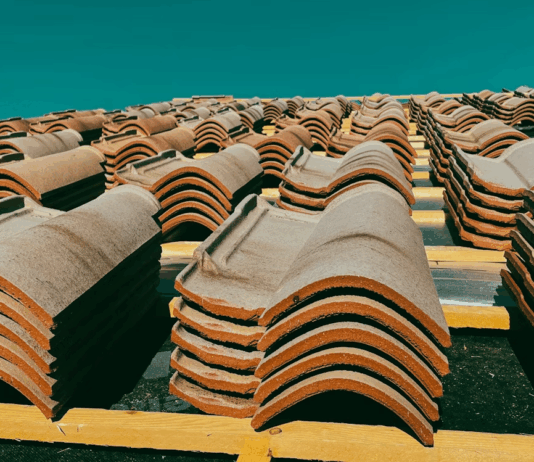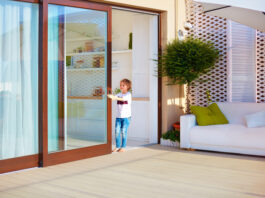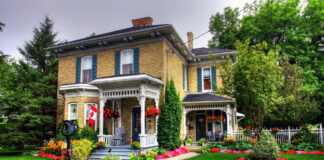Create an account
Welcome! Register for an account
A password will be e-mailed to you.
Password recovery
Recover your password
A password will be e-mailed to you.
- HOME
- BUSINESS
- AllAIApp Development Guides & TipsBlogging Tips for Small BusinessesBusiness SpotlightsCBDConsultingEcommerceBuilding Traffice-BizeBayHow-To GuidesInternet MarketingSearch Engine OptimizationSite ManagementSocial MediaWeb Site DesignEquipmentFranchisesFreelance WorkGig EconomyGo GreenHow-To GuidesLow-Cost BusinessesMail OrderNetwork MarketingPublishingReal EstateRetirementSecuritySEO
- FRANCHISES
- NETWORK MARKETING
- NEWS
- START-UP
- GROW
- SALES
- MONEY
- OFFICE
- ENTREPRENEUR
- PODCAST
Home Lifestyles
Lifestyles
Create a successful lifestyle as a home-based entrepreneur. Maintain your work-life balance.
© Copyright 2024 Home Business Magazine. All Rights Reserved.
Website by Home Business Media
Website by Home Business Media




























































